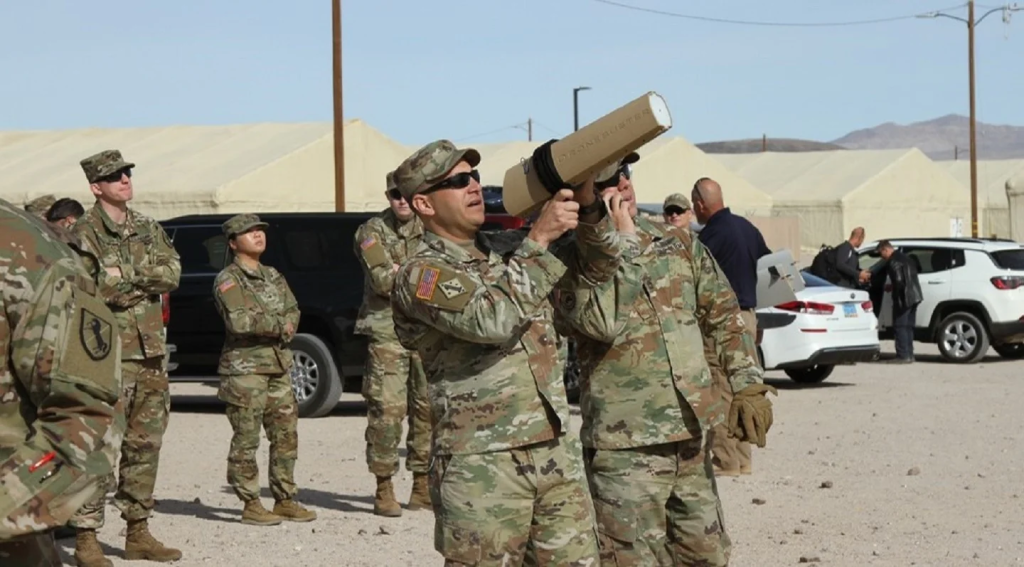In recent years, the proliferation of unmanned aerial systems (UAS), commonly known as drones, has presented both opportunities and challenges for society.

While drones have brought advancements in various fields, they have also become a tool for nefarious activities, posing significant security risks, especially in urban areas.
A new report from the Counter Terrorism Preparedness Network (CTPN) sheds light on the pressing need for public authorities to prepare for the increasingly complex threat posed by hostile drones.
The European Commission has previously highlighted the potential for misuse of UAS, citing examples ranging from breaches of privacy rules to the hijacking of telecommunications signals.
Now, the CTPN report emphasises the urgent need to recognise hostile drones as potential improvised explosive devices (IEDs), capable of causing mass disruption and harm upon landing.

Terrorist organisations, including the Islamic State group, Hezbollah, and Hamas, have already demonstrated the use of drones in warfare and are increasingly exploring ways to leverage UAS for their objectives.

Coupled with the availability of off-the-shelf devices and low-cost alternatives, this poses a significant challenge to security forces worldwide. To counter these evolving threats, the CTPN calls for a comprehensive approach that integrates urban planning with protective security measures.

This includes identifying and testing counter-UAS systems, developing standardized methodologies for drone detection, and fostering collaboration between the public and private sectors.
Projects such as the UK National Protective Security Authority’s testing of C-UAS technologies and the European Commission-funded Project Courageous are steps in the right direction.

However, translating and implementing these initiatives at a local level is essential to effectively addressing the threat posed by hostile drones.
In the United States, proactive measures, such as the National Football League’s policy to halt games in the presence of drones, highlight the importance of local considerations in C-UAS policy planning.
Simple measures like covers and reflectors can also mitigate risks at specific sites, like sports stadiums.
Yet challenges persist, particularly in highly populated urban environments where resourcing and staffing implications must be carefully considered.
Differentiating between legitimate and rogue drones becomes increasingly difficult as airspace becomes more crowded, necessitating innovative solutions such as LED tags and compartmentalised response zones.

Ultimately, the key challenge lies in achieving political buy-in, prioritisation, and investment to address the threat of hostile drones effectively.
While the current threat level may be relatively low, proactive multi-agency approaches are essential to stay ahead of the curve and ensure the safety and security of urban environments for years to come.
In conclusion, the time to act is now. By heeding the warnings and recommendations outlined in the CTPN report, cities and their authorities can bolster their defences against the rising threat of hostile drones, safeguarding communities and infrastructure from potential harm.

At TAC Africa, we prevent, we detect, and we investigate. We are fully committed to bringing you recent updates and developments that can help keep you safe and informed. For more information such as these, visit our website, tacafrica.org
